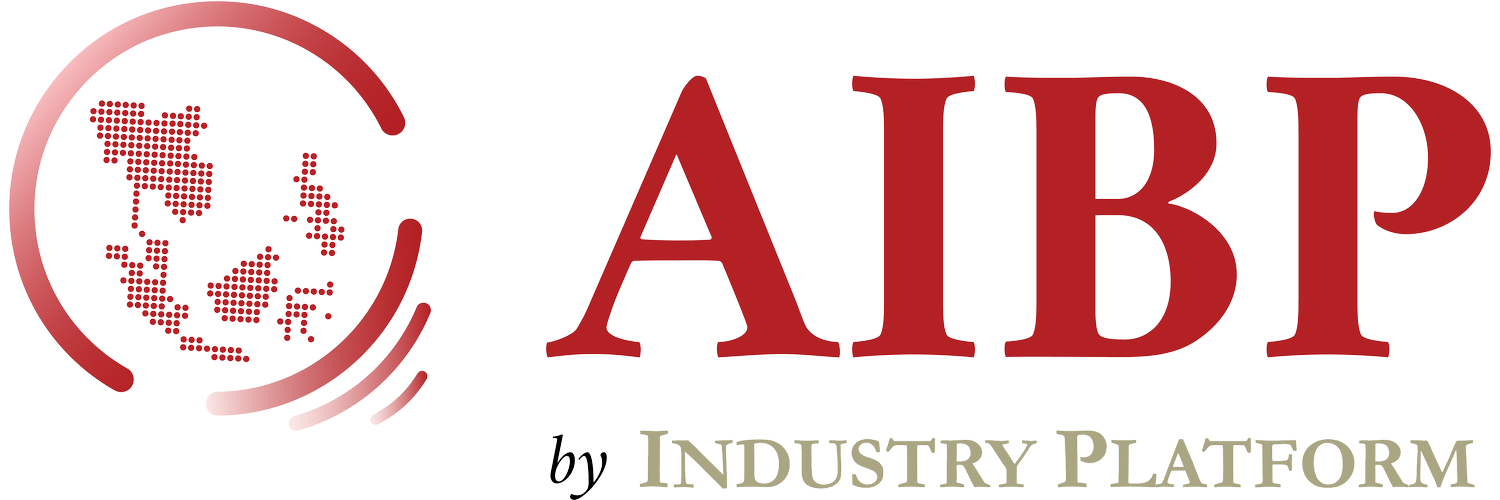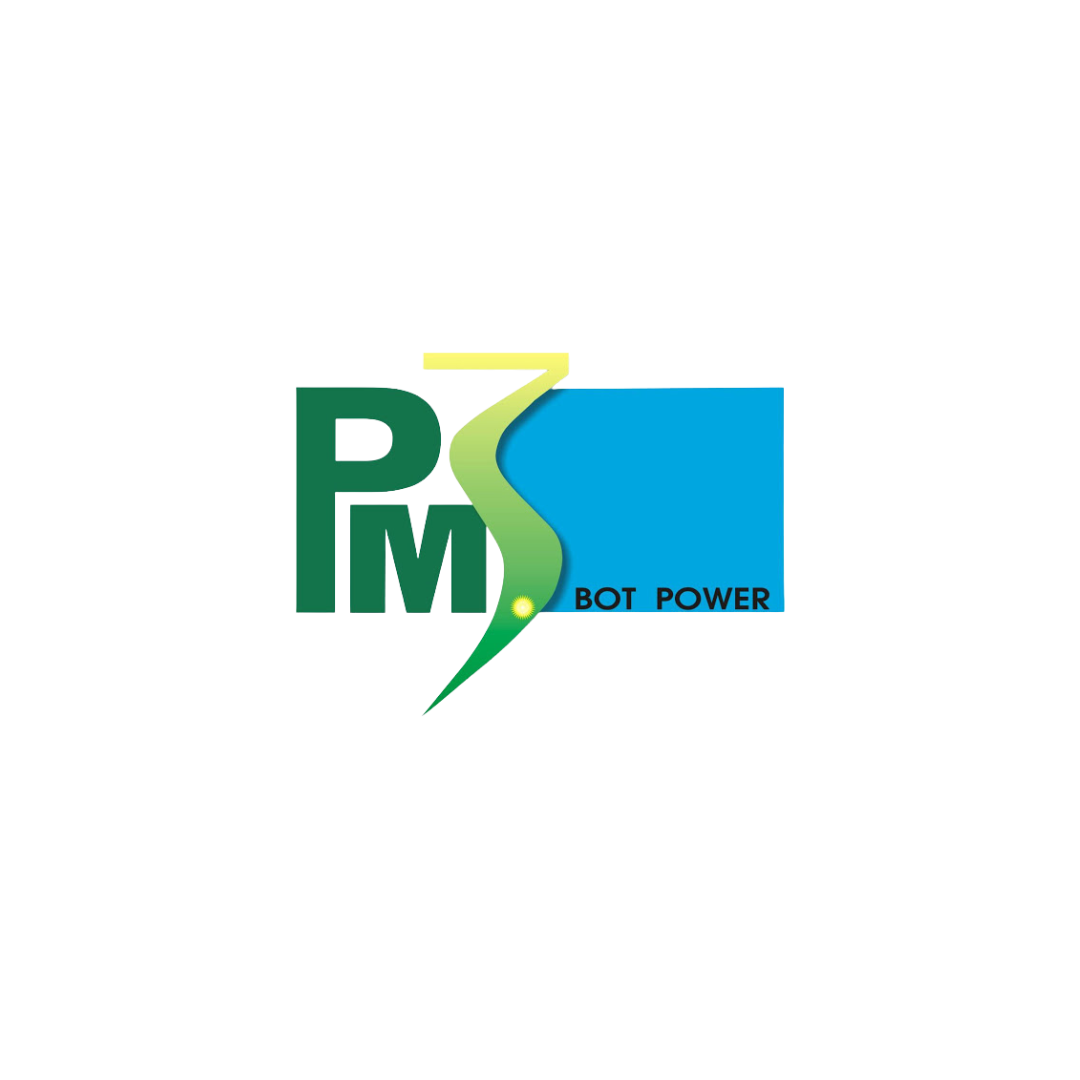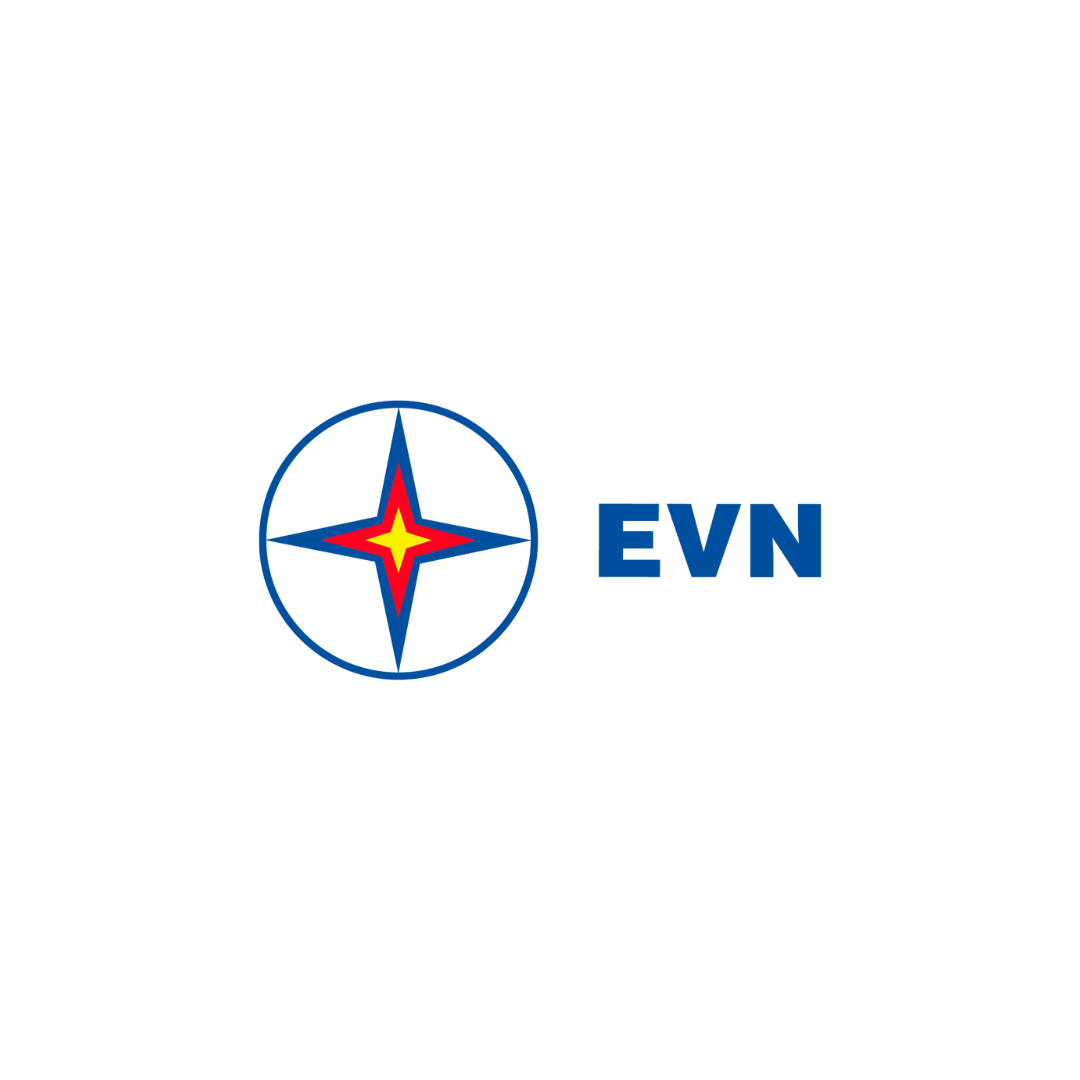Astra International: Digital Business Integration at Astra International
Project Summary
Founded in 1957 Astra International Tbk is Southeast Asia's largest independent automotive group and currently has 7 business lines. As of 1 Nov 2020, Astra International had a market capitalisation of US$ 14.93 billion (IDR 219,624 billion). It is also 50.1% owned by Jardine Matheson Cycle and Carriage, the investment holding company of Jardine Matheson group in Southeast Asia. Astra hired 226,000 employees at the end of 2019.
Astra offers a full range of automobile and motorcycle products in partnerships with companies including, Toyota, Daihatsu, Isuzu, UD Trucks, Peugeot and BMW for automobiles, and Honda for motorcycles. Astra also has a strong presence in the automotive component sector through its subsidiary Astra Otoparts. Astra was keenly aware of how customer behaviour was shifting in the automotive markets and through Astra Digital, they wanted to leverage on digital technology to drive business operations and focus on creating benefit for customers.
With competition intensifying in the Indonesian automotive sector, Astra aimed to create products and services that could meet their customer’s needs and improve their customer’s experience.
Astra Digital incubated several marketplace and mobility solutions to offer variety to customers. Some of these new solutions include:
Seva.id – an automotive focused marketplace offering new & used 4 wheels vehicles, spare parts, and financial services & products.
MOVIC – a car rental marketplace that connects prospective car rental customers to car rental SMEs.
CariParkir – a parking application which aims to revolutionize the parking experience for motorbike and car owners.
Sejalan – a ride sharing platform that provides alternative transport solutions to customers.
Astra Digital will continue to drive innovation on all fronts and undertake 3 important roles in the Astra Group: Modernizing Business Process, Establishing New Revenue Stream and Investing into New Digital Businesses.
Kalbe Farma: Omnichannel Customer Engagement in Indonesia’s Healthcare Ecosystem
Project Summary
Established in 1966, Kalbe Farma is a pharmaceutical, healthcare and nutrition company. It is also the largest listed pharmaceutical company in Southeast Asia with a market capitalisation of US$4.63 billion (IDR 6.82 trillion). Kalbe employed over 16,700 employees at the end of 2019.
Kalbe has seen rapid advances in technology accelerating the transformation of the healthcare sector. In response, Kalbe intensified its efforts to embed digital technologies into its day-to-day activities. Kalbe’s initiative in the implementation of automation and robotics, is part of the Company’s journey in adopting state-of-the art industry 4.0 technologies.
Kalbe continues to build its foundation by integrating various business units to enhance cross functional collaboration through the implementation of an integrated ERP across their business entities.
On the customer front, Kalbe is building up an e-Health ecosystem with omni-channel customer touch points that consists of several strategic initiatives such as:
Klikdokter: an integrated healthcare platform that provides extensive healthcare services
KALCare: a B2C e-commerce platform and physical store that provide products and services by the company with more than 500 thousand monthly active users and 50 thousand monthly transactions
Kalbe Home Delivery: an internet based ordering and delivery service that is available in 46 cities across Indonesia by the end of 2019
KALINA Hybrid Chatbot: a chatbot facility that aims to deliver an improved customer service at a lower cost and 24/7 response time.
The Kalbe e-Health ecosystem has helped Kalbe in expanding their direct-to-consumer initiatives and establishing closer engagement with its customers.
Top Glove: Customer Engagement and Service Improvement with
Top Glove Connect
Project Summary
Founded in 1991, Top Glove is the World’s largest manufacturer of Rubber Gloves. As of 1 Nov 2020, it is the 2nd largest company on the Malaysian Stock Exchange with a market capitalisation of US$ 16.85 billion (RM 70.2 billion) and is the 2nd largest company by market capitalisation. Top Glove has 726 production lines, 46 factories and exports to over 195 countries hiring 21,000 employees globally in Oct 2020.
Top Glove has captured 26% of the world’s market share in rubber gloves, with over 2,500 enterprise customers across 195 countries, offering a comprehensive product range, fulfilling demands in both the healthcare and non-healthcare segment.
Prior to its digital transformation project, the marketing and sales channel is managed by the marketing team via email and other traditional communication channels. This requires manual intervention and is prone to human errors. Customers did not have direct access to information on enquiries, order and billing status, as communications are still very much dependent on human responses. This demand resulted in a massive workload for marketing and sales teams having to attend to constant status enquiries and follow ups via multiple channels in a timely manner.
To reduce manual intervention, the Top Glove Customer Portal was created. The self service portal was equipped with a digitally integrated view for customers to access their profile, product catalogue, sales order details & attachments. It also included functions for inquiry submission and order tracking.
After an initial period of adoption, Top Glove Customer Connect, had 4.5 times more customer logins from 1 March to 2 Oct as compared to the 8 months preceding the Movement Control Order period. Kalai Arasi Palaniappan, Deputy General Manager Marketing, attributed this customer platform as one of the key factors in supporting the company to reach RM7.2 Billion in revenue in FY2020.
Sarawak Energy Berhad: Digital Utility 2025
Project Summary
Founded in 1932, Sarawak Energy is the electric utility company of the Malaysian state of Sarak. It is 1 of 3 Malaysia’s electrical companies and has a generation capacity of 5306 MW of electricity. Sarawak Energy hires approximately 5,000 employees with over 3 million customers and is not listed on the stock exchange.
Sarawak Energy’s digital road map starts out with building a strong digital foundation including infrastructure upgrades and implementation of fit-for-purpose solutions. Subsequently, they are looking to utilise data as strategic assets and look for new ways that data can help in optimizing business processes.
For the past year, Sarawak Energy embarked on a major digital transformation initiative for support functions under the umbrella 'Pinnacle Programme'. This initiative mainly involved the implementation of cloud computing Software-as-a-Service (SaaS), such as Centralised Fleet Management, Travel & Expense Management and Sarawak Energy e-Procurement System.
Under the Smart Substation initiatives, Sarawak Energy implemented a Remote Monitoring System to monitor the condition of distribution substation assets. Sarawak Energy also implemented the Mobile Field Force Automation (MFFA) System to monitor and track the response time of technical field crews in attending to customer complaints related to outage and malfunctioning of street lighting. In addition, drones were also deployed to improve the reliability and availability of power generation. The drones helped in reducing the time and cost of inspection for generation, transmission and distribution infrastructure assets. Another innovation was the use of IoT and data analytics to prioritise the repair and replacement of aging lines based on the estimated life of the conductor.
Sarawak Energy also completed a Wireless HART technology proof of concept in one of the coal fired plants in December 2019, paving the way for wireless sensor implementation which will remove the use of cable usage across the various power plants.
Muang Thai Life: Enroute to becoming a Digital Insurer - OmniChannel Customer Engagement
Project Summary
Muang Thai Life Assurance was founded in 1951 and subsequently added its non-life insurance business, Muang Thai Insurance in 1998. As of 2013, Muang Thai Insurance’s network covered 146 branches, 84 agent offices and 277 hospitals. It is Thailand’s 2nd largest life insurer by total premiums.
Muang Thai Life Assurance (MTL) looked to digital transformation to support its operational processes and fast-track its growth strategy to become a “digital insurer”. MTL was the first insurer to leverage Line, the number 1 mobile messenger in Thailand to help build its brand and communicate with its customers. Out of Line’s 45 million users, MTL was able to attract 17 million followers creating a cost effective marketing and communication channel and allowing MTL to send messages including offers, events, and promotions to their customers.
As e-commerce increased in popularity in Thailand, MTL pioneered an official insurance online store in Shopee, the leading e-commerce platform in Thailand. Customers can purchase life insurance using an easy, secure, and fast platform. The instantaneous underwriting engine and coverage made various insurance products (endowment, personal accident, health and cancer) easily accessible to customers.
As part of their digital transformation plan (pre-Covid), MTL launched a new application, “MTL Click” in January 2020, as a platform to provide services to MTL’s customers. The platform was intended to provide services well beyond immediate insurance needs such as digital submission and online tracking of claims. The application also provided a 24/7 Tele-health service for customers to receive video call consultations and medication delivery with cashless payments as MTLClick platform is connected via APIs within the healthcare ecosystem. These digital services have served Muang Thai well during the Covid-19 pandemic.
Krungsri Consumer: SMART-UP RPA - Upkeeping Customer Trust with Process Improvement
Project Summary
Founded in 1945, Bank of Ayudhya Public Company Limited (Krungsri) has a market capitalisation of US$ 5.45 billion (THB 164.77 billion) and employs over 15,000 people. Krungsri Consumer is the credit card and personal loan business of the group. It is the largest credit card issuer in Thailand with over 3 million cards in circulation.
Krungsri Consumer started its Robotic Process Automation (RPA) journey in 2018 with the key objectives of driving productivity and customer experience. Krungsri Consumer decided to build a pilot team of 4, as they believe that this would best justify the return on investment in the longer term. In the first 8 months of the process, they were able to implement a total of 17 processes with over 85% productivity improvement. In 2019, the initial RPA model was accelerated to the SMART-UP 360 RPA model with the integration of a Digital Workflow and OCR platform. As of August 2020, 56 RPA processes were successfully implemented with 13 more processes in the development roadmap until end of 2020. Over 3.3 million robotic transactions have replaced manual labor with a total time saving of 154,000 hours to date, equivalent to 79 Full-Time Employees.
An example of success is the use of SMART-UP RPA in improving the process efficiency of underwriting. In the original process of analysing the income of self-employed customers, 6-months worth of bank statements were manually reviewed by Credit Analysts. There is an average of 50 pages per application, which takes between 20-45 minutes of review time. By integrating RPA, Digital workflow, and OCR, the process was redesigned. The new process significantly reduced the time taken per application from 20-45 minutes to 5-20 minutes per application. The automated process also reduces the human error of assessing cash flows, hence reducing the risk in the process.
RCBC: Delivering Financial Inclusion in the Philippines
Project Summary
Established in 1960, Rizal Commercial Banking Corporation (RCBC) is liscensed by Banko Sentral ng Pilipinas for both commercial and investment banking. RCBC is majority owned by Yuchengco Group of companies, one of the oldest and largest conglomerates in South East Asia. On 1 Nov 2020, RCBC had a market capitalisation of US$ 684.2 million (PHP 331 billion). RCBC also had 6,600 employees as of end-2019.
RCBC has been active in its digital transformation effort with several new services launched over the last year, including its ATM-Go Service, which enables any cardholder of financial institutions supervised by the central bank of the Philippines to withdraw cash through various payout partners nationwide.
However, one of the most impactful innovations was the launch of DiskarTech on 1 July 2020, the Philippines’ first and only financial inclusion super app rendered in conversational Taglish or the mix of Tagalog and English. The app quickly made its mark after setting a record as the fastest to reach one million downloads after only 38 days in the market. Enrollment to DiskarTech accelerated to as much as 1.3 downloads per second. DiskarTech users are able to access a suite of financial inclusion services available in the app, such as bills payment, fund transfers, telemedicine and airtime top-up. DiskarTech is also the country’s first sachet insurtech.
DiskarTech was also used as a disbursement platform to help in the payout of emergency cash subsidy to households severely affected by the Covid-19 pandemic. As one of the financial service providers of the Philippines’ national government for emergency cash subsidy, the DiskarTech Lite Disbursement Platform has created more than 800,000 restricted transactional accounts across eight Philippine regions to distribute more than 800 billion pesos in social amelioration funds.
DiskarTech is gearing up for another round of distribution as sustaining programs for the continued support amidst the growing pandemic is legislated by the Philippine congress.
Maynilad Water Services: Achieving Operational Reliability with BIM and DCS Technologies
Project Summary
Incorporated in 1997, Maynilad Water Services, Inc., also known as Maynilad, is the water and wastewater services provider of cities and municipalities that form the West Zone of the Greater Manila Area in the Philippines. Maynilad is one of two private water providers in Metro Manila and currently serves over 9 million people. Maynilad is majority owned by Metro Pacific Holdings, a conglomerate, through various entities. Maynilad employed over 2,200 employees at end-2018.
With Maynilad’s growing complex and digitised facilities, adopting new platforms in building wastewater and water treatment plants was the next step in its digital transformation journey.
Maynilad utilised Building Information Modeling (BIM) for the design and construction phase and Distributed Control System (DCS) as an integrated platform for plant control, monitoring, data analysis and visualization of the treatment facility. Now, Maynilad’s Putatan Water Treatment Plant 2 stands to deliver 150 million liters per day of treated water with operational reliability and security. Initially, Maynilad only used Autocad in preparing and reviewing the conceptual, proposed and As-built plans for any treatment plant project, however they were blindsided on any clashes on proposed utility design, thus resulting in various reworks which impacted the project timeline.
The Maynilad team utilised a Digital Twin Platform to conduct the test verification of the plant’s process control system. This test evaluation uses the DCS platform to simulate the process control system of the plant prior to operation, allowing the successful commissioning of the system. Maynilad then adapted the Digital Twin Platform for Plant Simulation, which proved to be very useful in plant commissioning, operation analysis, change management, training, and plant optimisation.
Phu My 3 BOT: Digital Integration in Business Operations
Project Summary
Phu My 3 BOT Power Co. Ltd. is the first foreign-invested BOT (Built-Operate-Transfer) Power Project in Vietnam, that started commercial operations in 2004. The US$ 450 million power plant is equally invested by BP Holdings B.V. (Netherlands), Sembcorp Utilities Corp. (Singapore), Kyushu Electrics Corp. and Sojitz Corp. (Japan). Phu My 3 Power Plant supplies about 7% of the whole nationwide power generation in Vietnam.
In 2004, Phu My 3 BOT Power Co. Ltd. (PM3) started its commercial operations. There were many management systems that were subsequently put in place over the years to assist in the plant’s operations, some of which were paper-based.
Over time, complexity in maintaining these systems grew as the number of systems increased. The lack of connectivity between different databases and paper based systems resulting in manual work to manually key or export/import data. Other issues experienced also included the lack of administrators to maintain different databases and it was only possible to access these systems via internal intranet, making remote work impossible.
After identifying these issues, PM3 embarked on its digital transformation process to digitise its paper-based systems. This also allowed the integration of previously paper based processes into its centralized management system. Next, they linked up or implemented interfaces between separate databases, hence removing the manual work that was required previously. Last but not least, their core management system was upgraded to a web based system, where users are now able to access the system via the internet.
These steps helped to improve information transparency, data integrity and data quality which in turn helped to improve safety and productivity. The most obvious benefit of having a web based system was also seen during Covid-19 pandemic, where the plant can be operated with only essential personnel onsite.
Ho Chi Minh City Power Corporation: Smart Grid for A Smart City
Project Summary
Vietnam Electricity (EVN) is the largest power company in Vietnam, established by the Government as a state-owned company in 1994. EVN is not listed on the stock exchange. Ho Chi Minh Power Corporation (EVNHCMC) is a wholly owned subsidiary of EVN and is one of 5 power distribution corporations with the main task of distributing electricity in Ho Chi Minh City. EVNHCMC employs nearly 7,400 employees.
EVNHCMC adopted state-of-the-art equipment and technologies in power system management and operations, including implementation of hydrological forecasting software, remote controls, and unmanned substations in its grid systems. Through its Smart Power Grid Development program, 80% of the medium voltage grid is controlled remotely by Mini-SCADA. The smart grid helps promote the application of live-line working and mitigates the disruption of power supply to the city.
In addition, the group has also piloted the MicroGrid model (regional smart power grid) in four areas: Hi-tech Park in District 9, commercial offices along main roads in District 1, Mieu Noi residential area in Phu Nhuan District, and residential area in District 7.
Outside of Smart Grid efforts, EVNHCMC is also diversifying its bill payment channels, working with 22 banks and nine partners to help customers pay for electricity bills at more than 5,712 payment points including, convenience stores, post offices, supermarkets and 2,202 ATMs. Consumers can also pay directly through Internet/Mobile/SMS Banking. On the customer service front, EVN has also applied chatbots using AI to engage their customers, hoping to improve their customer’s satisfaction and experience.











